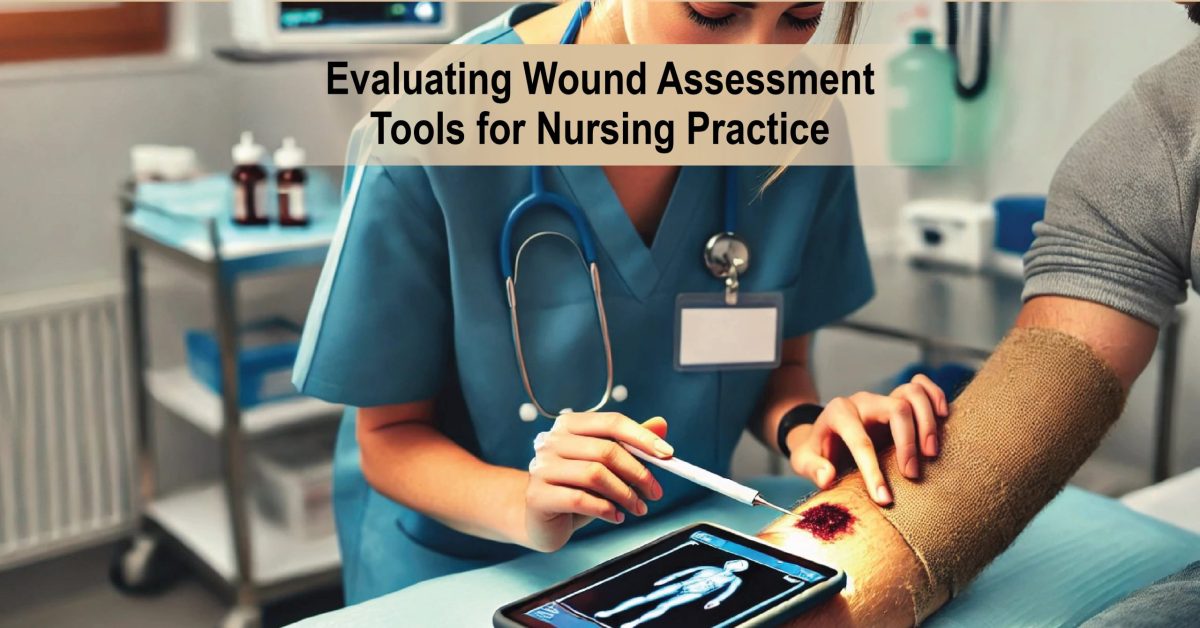Wound evaluation is a vital element of nursing exercise, considerably impacting affected person consequences, remedy efficacy, and basic healthcare charges. With the increasing incidence of each acute and persistent wounds, the want for effective wound evaluation equipment has by no means been extra pressing. This equipment helps nurses in analyzing the wound’s features, mapping right cure procedures, and evaluating recuperation growth. This article has multidisiplinary wound assessment gear, their efficiency, and with the priority and hospitality they fulfill the requirements of nursing professionals in the medical sector.
Importance of Accurate Wound Assessment
Exact wound assessment is essential for the strong management of wounds. It makes sure that appropriate requirements are used surely, decreasing the chance of difficulty along with infections, late cure, and chronic wound upgrade. Successfully wound analysis can also help in patients’ rehabilitation. Prompt wound analysis can also reduce stays of hospital stays, and hospital bills.
Common Wound Assessment Tools
Numerous wound assessment tools are to be had, each designed to address unique components of wound care. Some of the maximum widely used tools consist of:
PushTool (Pressure Ulcer Scale for Healing)
This device assesses stress ulcers based totally on size, exudate quantity, and tissue type.
It is straightforward and quick, making it appropriate for use in busy scientific settings.
Bates-Jensen Wound Assessment Tool (BWAT)
BWAT evaluates diverse wound characteristics together with length, depth, edges, undermining, necrotic tissue kind, and quantity.
It affords a comprehensive assessment, helping in specified documentation and monitoring.
Design – R (Depth, Exudate, Size, Infection, Granulation tissue, Necrotic tissue, and Re-epithelialization)
This device is in particular use for chronic wound assessment.
It offers a systematic method to evaluate wound healing and the effectiveness of remedy techniques.
